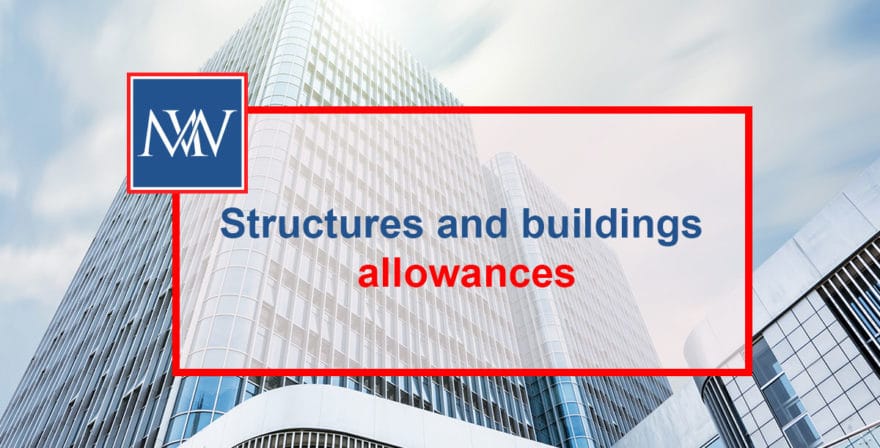
Structures and buildings allowances
New tax relief for capital expenditure on construction works applies to qualify expenditure incurred on or after 29 October 2018. Broadly, the structures and buildings allowance (SBA) provides tax relief on the structural elements of a building, where previously there was no relief available. structures and buildings allowance (SBA) expenditure does not, however, qualify for the capital allowances annual investment allowance (AIA).
The main features of the structures and buildings allowance (SBA) are summarised as follows:
- The allowance is given at a 2% flat rate over a 50-year period, pro-rated for short tax periods.
- Relief is available for new commercial structures and buildings only, but this can include costs for new conversions or renovations. It may be claimed where all the contracts for the physical construction works were entered into after 28 October 2018.
- Relief is not available for land costs or rights over land.
- The building or structure can be located in the UK or overseas, but the business must be within the charge to UK tax.
- Tax relief is limited to the costs of physically constructing the structure or building, including costs of demolition or land alterations necessary for construction, and direct costs required to bring the asset into existence.
- Relief cannot be claimed for costs incurred in applying for and obtaining planning permission.
- The claimant must have an interest (‘the relevant interest’) in the land on which the structure or building is constructed.
- Relief is not available for dwelling-houses, nor any part of a building used as a dwelling where the remainder of the building is commercial.
- Business expenditure on integral features and fittings of a structure or building that are allowable as expenditure on plant and machinery, continue to qualify for writing-down allowances for plant and machinery including the AIA, up to its annual limit (£1,000,000 until 31 December 2020).
- Where a structure or building is renovated or converted so that it becomes a qualifying asset, the expenditure qualifies for a separate 2% relief over the next 50 years.
The structure must be used for a qualifying activity, which is taxable in the UK. Qualifying activities are:
- any trades, professions and vocations
- the UK or overseas property business (except for residential and furnished holiday lettings)
- managing the investments of a company
- mining, quarrying, fishing and other land-based trades such as running railways and toll roads
The sale of the asset does not result in a balancing adjustment (the purchaser takes over the remainder of the allowances written down over the remainder of the 50-year period).
Claiming structures and buildings allowance (SBAs)
It is only possible to make a claim from when a structure or building first comes into use.
Broadly, the claimant will need an allowance statement for the structure. Where the claimant is the first person to use the structure, a written allowance statement must be created before making the claim. The allowance statement must include:
- information to identify the structure, such as address and description
- the date of the earliest written contract for construction
- the total qualifying costs
- the date the structure was first used for a non-residential activity
Where a used structure is being purchased, the claimant can only claim structures and buildings allowance (SBA) if they obtain a copy of the allowance statement from a previous owner.
For any extensions or renovations that were completed after the structure was first used, the claimant can record separate construction costs on the allowance statement or create a new allowance statement.
Claims are generally made via the self-assessment tax return.
Record-keeping
A key message is that record-keeping and cost segregation will be of paramount importance. In order to claim the allowance, evidence of qualifying expenditure must be produced in the form of an allowance statement, submitted to HMRC. Records can include things like formal contracts, emails or board meeting notes.
For more information Structures and buildings capital allowances, Book a Free Consultation
Need Accountancy Support?
For information on bespoke training, or if you have any other questions for Makesworth Accountant, please fill in your details below







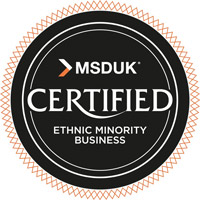
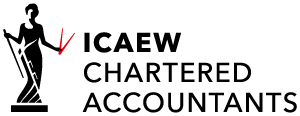
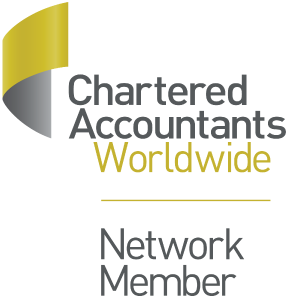
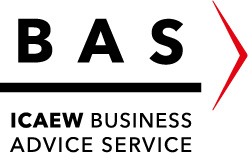



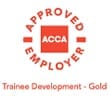



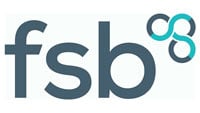

 148
148